I came across some of the beautiful work of artist Jane Crosby Wesley (1919-2014) the other day which focused on a few of the buildings in Jakin in Early County, Georgia. Jane was one of those artists who would stop her car, grab her easel and paints or sketch book and instantly get to work once something caught her eye.
In the late 1960s various buildings around Jakin caught Jane’s talented eye. Later she said, “Jakin seemed made for watercolors – the faded tints of weather-beaten buildings contrasted with the bright hues of nature; the quaint architecture; the quiet, sleepy environment where it was easy to work. I could sit on the main street painting for a whole morning, and nobody would even walk down the street.”
Jane painted one of the buildings at Jakin and that led to a second. Then she began finding out some of the interesting history around town and that inspired her to complete more paintings. Jane eventually completed a series of ten landscapes. Her goal was to use the series of paintings during talks she would give to various community groups about the landscapes and the history surrounding them.
Jakin can be found in Early County along Georgia Highway 273, just off U.S. 84 – near the Alabama line. The small town was “discovered” by Jane as she was on her way home to Donalsonville in nearby Seminole County. She and her family had moved to Georgia from Indiana when her husband, Herbert Crosby, became the administrator for the Seminole Memorial Hospital in Donalsonville in the late 1950s.
Jakin’s earliest history pre-dates its name when a road was cut in 1828 from Blakely to Bainbridge. Pioneer families moved into the area including members of the Hodge, Warren, Minter, Eason, and Perry families. These families would become the foundation of Jakin’s local history, and many descendants of these pioneer citizens still inhabit the area.
Another early pioneer was Alexander “Alex” Fort (1849-1921), a bachelor from North Carolina, who owned several thousand acres of long leaf pines surrounding what would become Jakin. Fort was known for his large turpentine still. He had several nieces and nephews including Thomas Jackson Fort (1869-1953) who lived with him in a home that was still standing in the late 1960s near Howard’s Mill. The nephew attended military college at Dahlonega on Alex Fort’s dime and enjoyed the use of his uncle’s fine home, horses, and elegant carriages. Thomas Jackson Fort eventually married Alma Lasseter Fort (1878-1978), the stepdaughter of the man who owned Howard’s Mill, Dr. William O. Howard (1881-1914).
When Alex Fort died in 1921, he left a large estate that was divided among his many nieces and nephews including Thomas Jackson Fort. They each received 500 acres.
The tracts of land not owned by Alex Fort were owned by Robert A. Merritt (1849-1901), another early settler. He owned several hundred acres on the opposite site of Kirkland’s Creek named for Lewis Greenlaw “Green” Kirkland (1823-1899). The main street of Jakin is named Pearl Street after a daughter of Mr. Merritt. When Merritt died, his wife turned the family home into a boarding house which was noted for its fine food among the drummers (traveling salesmen).
The name for Jakin came about when two men – James W. Duke, of Chicago, and James Morris “Major” Bivings (1842-1900) – decided to form a lumber company – the Duke and Bivings Lumber Company around 1889. The business grew with housing for its employees and commissary. Jakin was finally placed on the map when it officially became a post office town with Bivings as the first post master (December 1894) as well as the first mayor. The namesake for Jakin comes from the name that was given to one of the columns of Solomon’s temple (Jachin) and is mentioned in the Bible (Jeremiah 52:21-22/1 Kings 7: 13-22/41-42).
One of Jane’s paintings included the railroad and commissary.
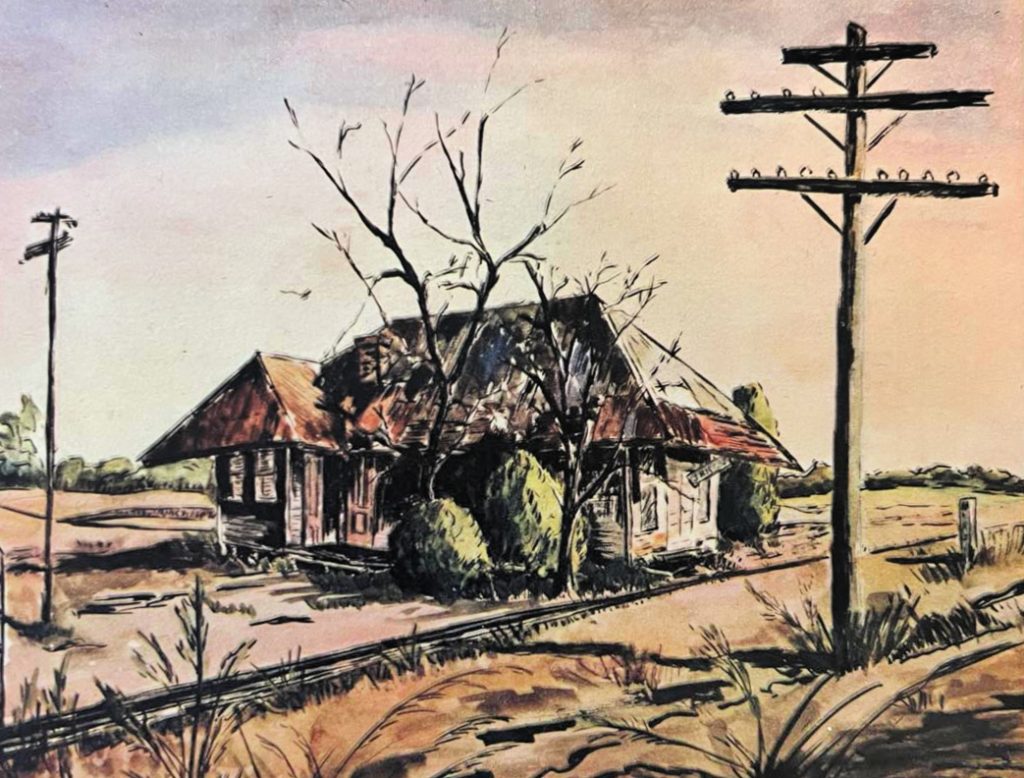
This is not the original railroad station where the post office was first located but was a second station that was built later. At the time Jane was completing her series of paintings Jakin still had two trains a day – one passenger and one freight train.
The lumber company had over one thousand employees when the Flowers brothers – Hamp and Henry Flowers of Boling, Alabama – purchased it, but it soon shut down in 1918 due to World War I and deforestation. The Flowers brothers married twin sisters who lived at Jakin, and they lived in elegant twin houses on the same plot of ground
In 1963, the Great Northern NeKoosa company purchased the mill followed by Great Southern Paper, and today Georgia Pacific/Koch Industries owns it. Despite changing ownership, the mill has operated continuously since it reopened.
Jane’s series of paintings included the Jakin Novelty Works where Marion McClellan (1923-1996) made fine cabinets.
This advertisement for the business comes from an Early County newspaper from 1939.
Marion McClellan (1923-1996) was known far and wide for his work making fine cabinets. His parents had an interesting story regarding how they met and married. Marion’s father, Grover Leroy “Roy” McClellan (1885-1956) went through Jakin on a troop train during World War I and tossed his name and address out the window to a pretty girl, Ruth Elizabeth McDaniels, who was the granddaughter of one of the early settlers in the area – the Kirkland for whom Kirkland Creek was named. Ruth and Marion, Sr. began exchanging letters and after the war he came back and married her.
One of the homes Jane painted was the Albert Rivers home.
Albert Rivers, born about 1870 and was still living in 1950 per the census, was a black man who built this lovely home for his wife, Henrietta, and their daughters. He was well thought of in the community, owning 700 acres of land he farmed. His hard work paid off as he was able to put all three daughters through college. This home was originally painted, but this is how the house appeared to Jane as she painted it in the late 1960s. I’m not sure where the home was located, but today one of the streets in Jakin is named for Albert Rivers.
Jane also painted Jakin’s Main Street/Pearl Street looking south towards U.S. 84 seen below.
The main location in this painting is the Mosely building, built around 1910. The right side was used for Mosely Drug Company and the remainder was a general store.
Jane completed two views of Jakin’s main street, showing the two grocery stores and the post office from different angles. One of the grocery stores is the only two-story business building in Jakin – the room over the store was the town’s “culture center” in the late 1960s where a retired teacher produced plays and other things. It’s also the recreation center, where legend says a man once skated off the skating rink right out the front window. The next most exciting event on Pearl Street was a long ago shoot out in which one man was killed and two injured.
This photo (below) from the early 1900s shows early buildings including the livery stable and the Mosely store.
Mosely’s store was one of the first gathering spots in town even before Jakin was an established post office town. The store’s owner was Omar H. Mosely (1875-1923) who had been a boarder at the Merritt boarding house mentioned above at one time.
Mosely was a successful businessman and soon built a five-room house which he expanded as this family grew. Jane included the Mosely home in her series of paintings.
Jane included the Methodist Church in her Jakin series. She later said she did so because even though the church wasn’t especially old nor historic, it should be included in the series.
I’d like to think Jane’s paintings of the town are on display somewhere, but I’m not sure at this point where they might be.
Virginia Harvey wrote a locally published book regarding Jakin’s history titled Jakin Remembers (1995). I’ve tried to find a copy of it, but no luck yet. The author passed in 2020 and the links I did find mention the book was no longer published. I’d love to add it to my collection of Georgia counties and cities history books.
I’ve written about Early County before and the Confederate Naval Yard located at Saffold along the Chattahoochee River. You can find the article here.
If you ever find yourself in the vicinity of Early County take a few minutes and visit the Early County Museum in Blakely. Their web site is here.
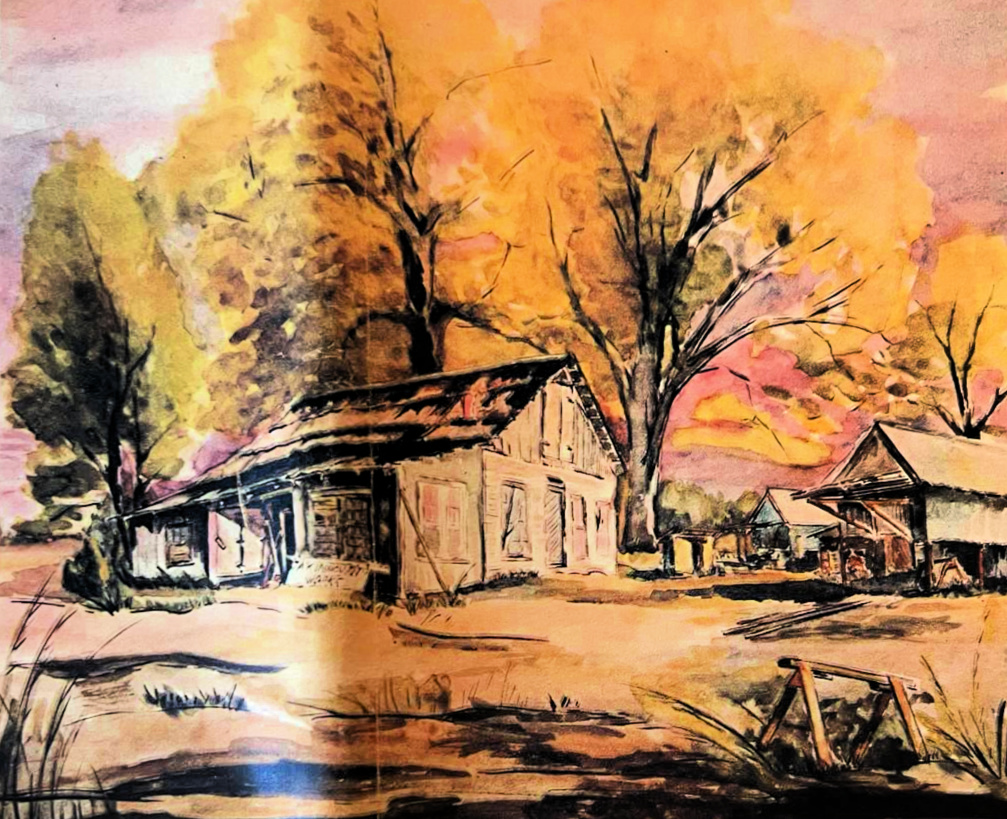
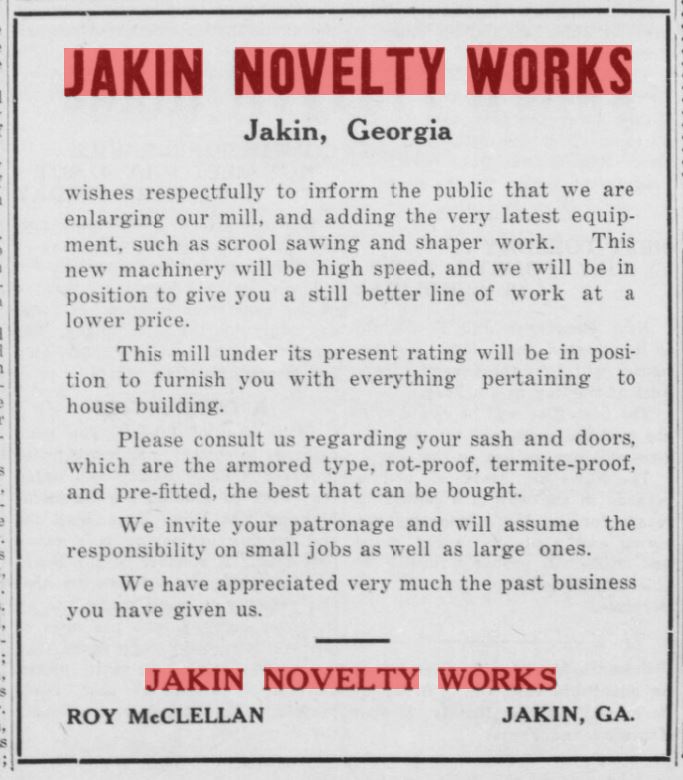
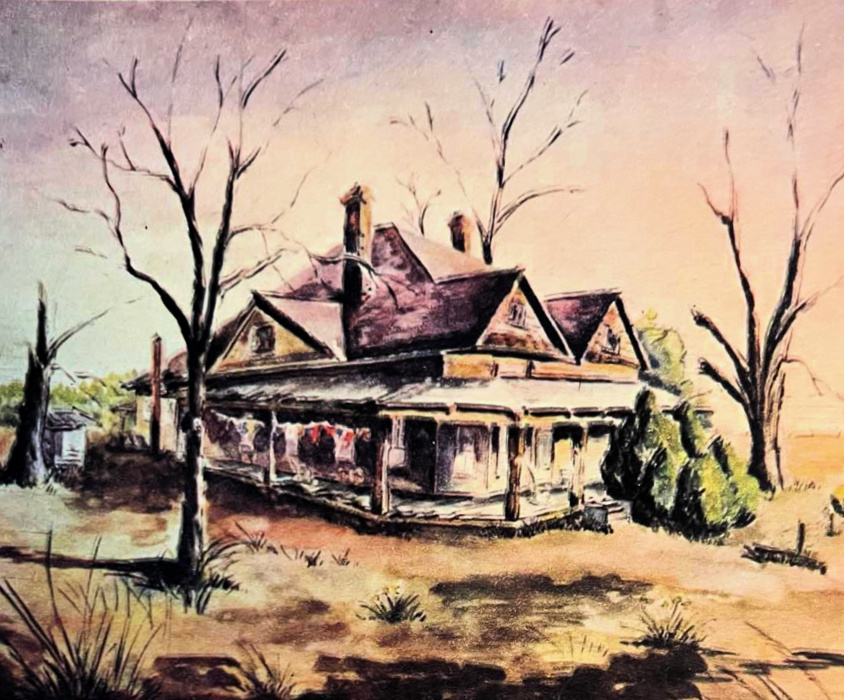
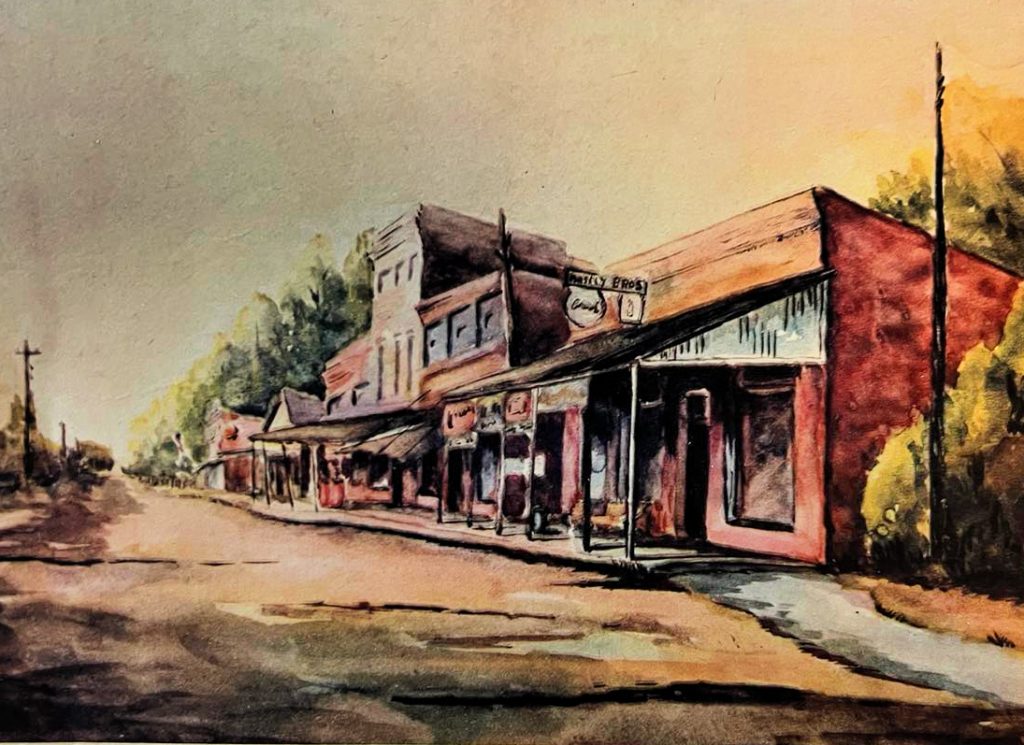
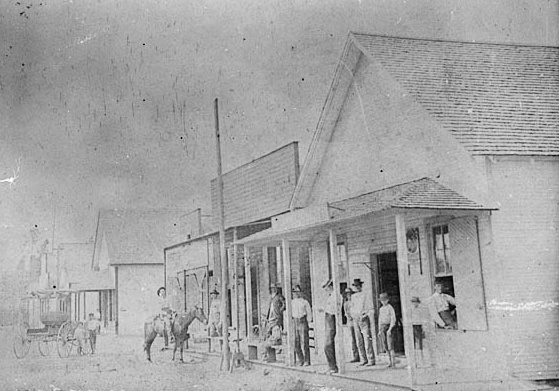
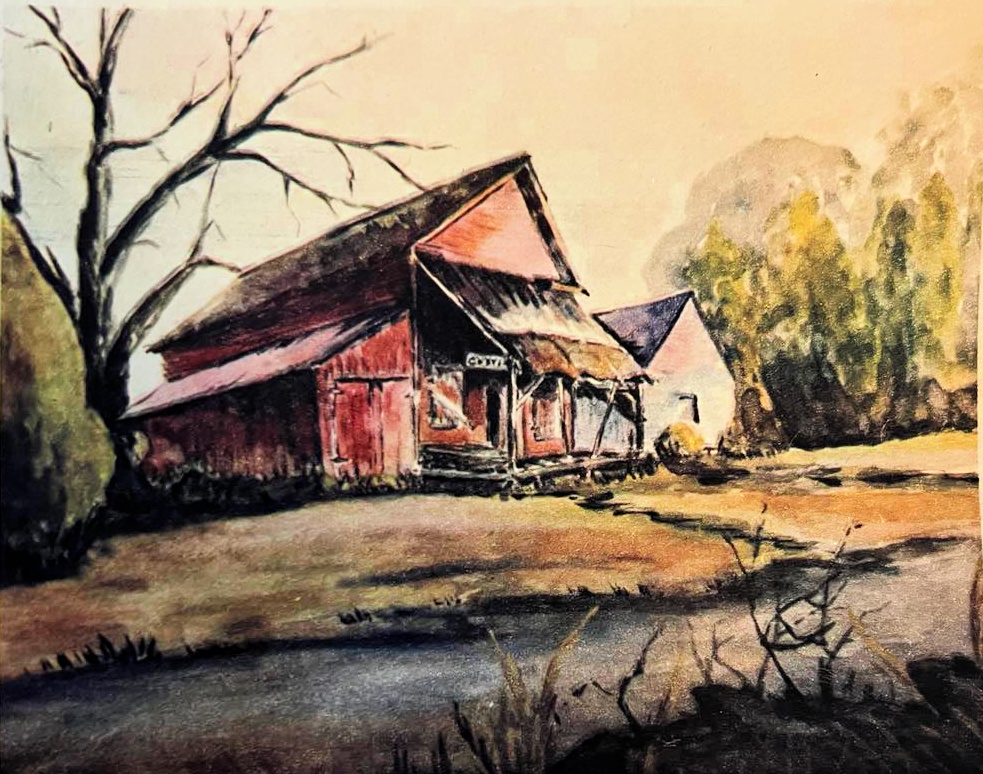
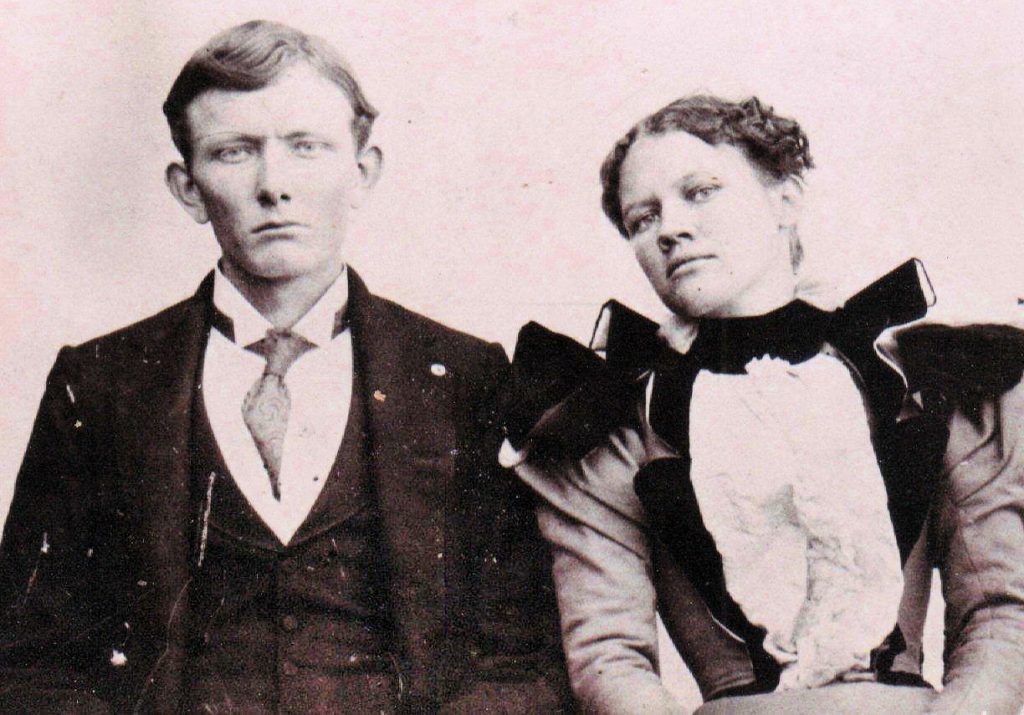
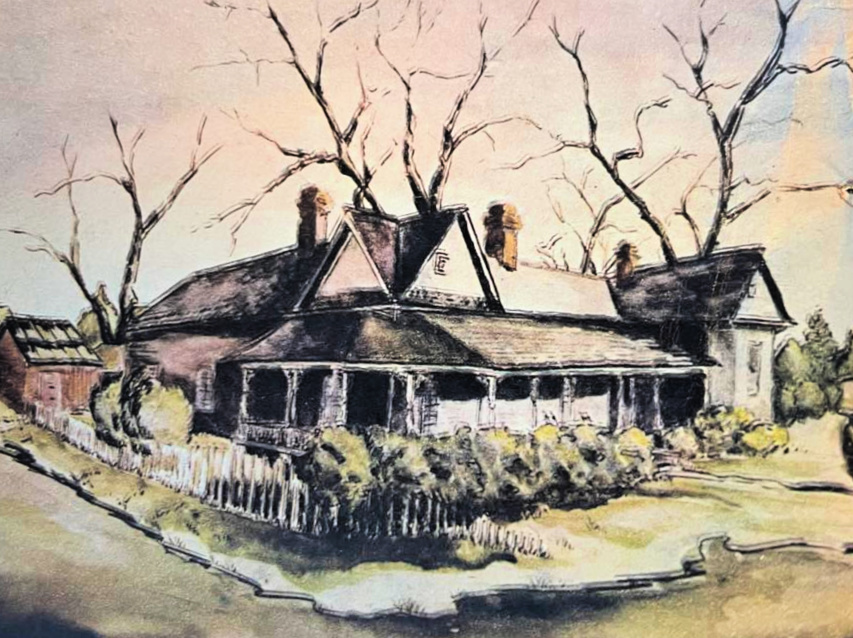
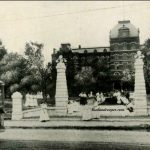
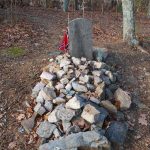
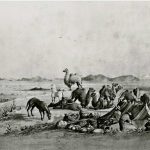
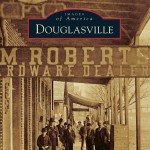
Leave a Reply